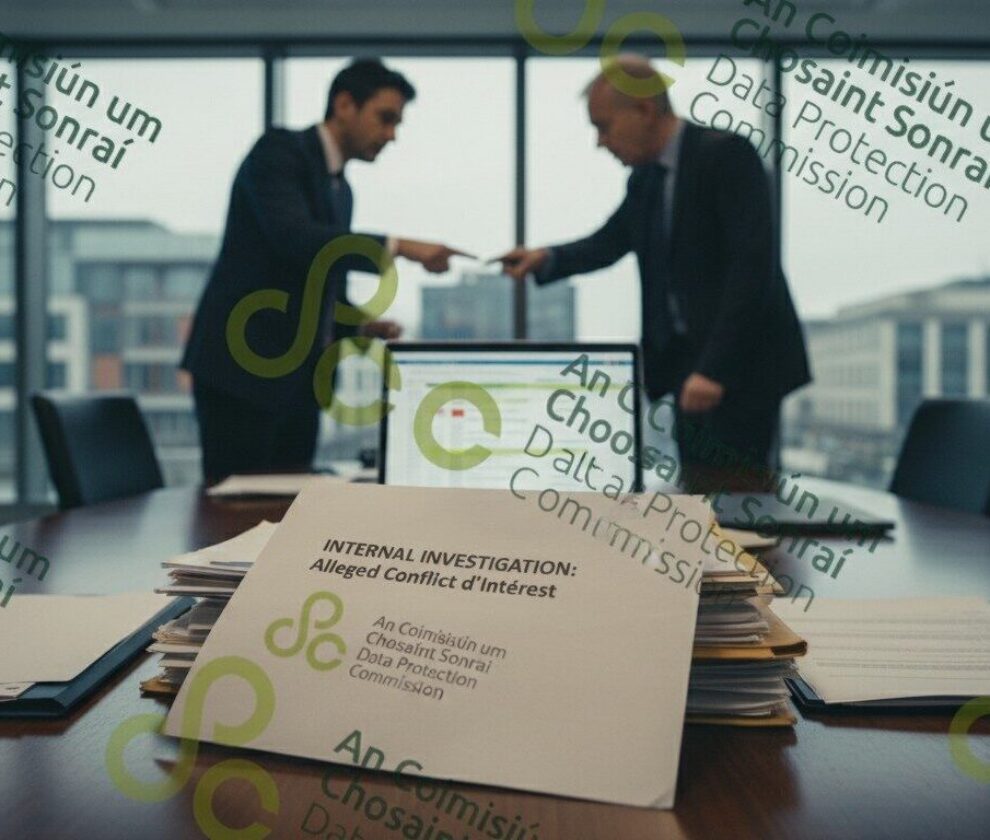Introduction
In the vast ecosystem of WordPress plugins, vulnerabilities can quickly become major threats to website owners if left unaddressed. Recently, a critical flaw has been identified in the AP Background plugin, formally tracked as CVE-2025-9561. This vulnerability exemplifies why robust security practices and timely patching are essential for all website administrators. In this article, we’ll uncover the nature of this issue, the potential risks it poses, and actionable steps to safeguard your website from exploitation.
An Overview of the CVE-2025-9561 Vulnerability
The AP Background plugin, specifically its versions 3.8.1 to 3.8.2, suffers from a severe security flaw. The vulnerability arises from a lack of proper validation checks and insufficient user permissions control. Exploiting this gap, attackers—even with Subscriber roles—can upload arbitrary files to the server, leading to potentially critical consequences.
CWE-434: Unrestricted file uploads of dangerous types can allow malicious code execution, compromising affected servers.
Why This Vulnerability Is a Major Concern
The ability to upload and execute malicious files presents a significant risk. Such attacks can lead to remote code execution (RCE), unauthorized alterations, and even sensitive data breaches. Websites using the AP Background plugin become particularly vulnerable when deployed in shared hosting environments that lack rigorous security controls.
Moreover, an attacker could harness infected websites as launchpads for broader cyberattacks, amplifying the scale of damage far beyond the originally compromised site.
Potential Impacts on Website Owners
For website administrators, the consequences of this vulnerability can include:
- Alteration or deletion of website content.
- Compromise of sensitive data, including user credentials or personal information.
- Adverse effects on search engine rankings and digital reputation.
The implications of leaving this flaw unpatched can be catastrophic, impacting both technical integrity and business operations.
Indicators of Exploitation
It’s crucial to identify the signs of an exploited vulnerability. Monitor the following indicators:
- Unusual file uploads using the AP Background plugin.
- The appearance of new PHP or JavaScript files within your upload directories.
- Frequent server errors or excessive consumption of system resources.
Examining server logs and analyzing application traffic for suspicious activity can help detect early signs of an attack or unauthorized access attempts.
Immediate Steps to Protect Your Website
To mitigate this issue and secure your WordPress site, take the following measures:
- Update the AP Background plugin to a patched version, if available, or immediately disable it.
- Prevent PHP file execution in upload directories to reduce exploit risks.
- Strengthen administrative and user account access policies to minimize unauthorized interactions.
- Deploy a Web Application Firewall (WAF) to block suspicious upload requests and exploits.
In addition, conduct a thorough audit of your server and files to ensure no malicious content has infiltrated as a result of this vulnerability.
Conclusion
The discovery of the CVE-2025-9561 vulnerability highlights why maintaining secure practices in WordPress plugin management is vital. Regular updates, monitoring for suspicious activity, and implementing strong security measures are critical to preventing exploitation.
At My Own Detective, we specialize in helping businesses safeguard their digital assets against emerging threats. Whether you need a detailed website audit or expert assistance to bolster your cybersecurity, our team is here to help. Reach out today, and let’s secure your website together.


